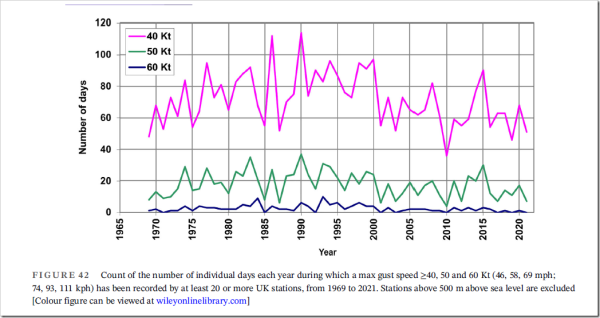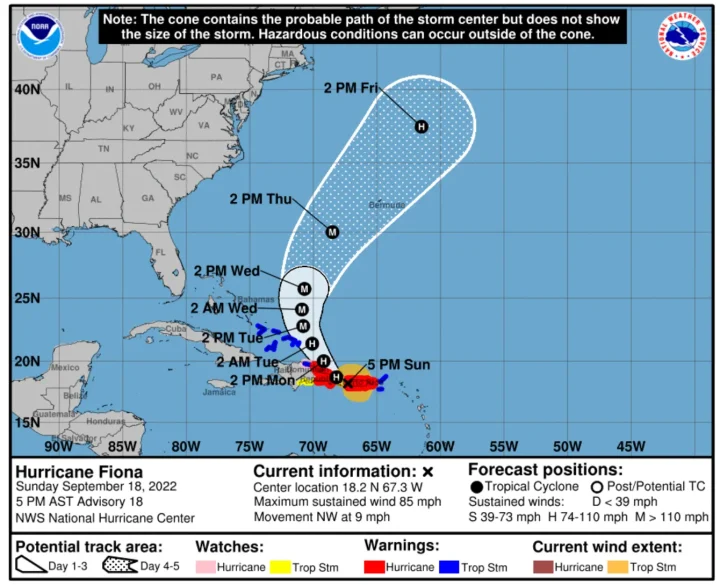by P. Homewood, Nov 18, 2022 in Not aLotofPeopleKnowThat
I see the BBC/Met Office are up to their extreme weather scam again! (Timed to coincide with COP27 of course):
…
…
To pretend that winter storms are an example of Britain’s weather becoming more extreme is utterly dishonest, as the Met Office’s State of the Climate 2021 clearly showed that wind storms have grown less frequent and intense over the years since peaking in the 1990s.
https://www.metoffice.gov.uk/research/climate/maps-and-data/about/state-of-climate
…


